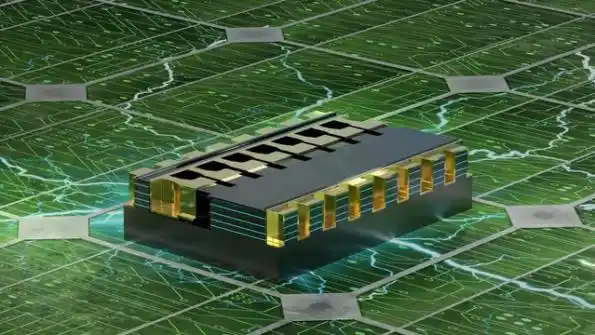افشین رشید
اُستادیار ؛ عضو هیات علمی دانشگاه آزاد اسلامی واحد علوم و تحقیقات تهران
600 یادداشت منتشر شدهCurrent Nanoelectronic Technologies in Nanomemory Hardly Meet The Demands (Nano_Microelectronics)

Note: Current nanoelectronic technologies in nanomemory hardly meet the demands, but nanotechnology offers better solutions. One new data storage tool is the use of nanometer-sized nickel quantum dots, which are expected to be used to store terabytes of data, even in homes and for personal use.
Given the relatively large (physically) storage devices we currently have, and the fact that we need gigabyte-sized devices in many applications, there is a lot of potential for work in this area. Each quantum dot consists of a discrete ball of a few hundred atoms that can be in one of two magnetic states. This allows them to hold a single bit of information (a zero or a one), as is customary in machine computing. In conventional hard drives, bits of information must be spaced far enough apart that they do not interfere with each other. Quantum dots act as completely independent units that are not structurally connected, so they can be packed quite close together. They can be arranged to a certain density that allows up to 5 terabytes of any type of information to be stored in a space the size of a postage stamp. Work will continue as these nanodots become better at performing and working with other computing devices, such as silicon chips.

By utilizing the structure of nanomolecular memories , the size of memory bits can be substantially reduced, thereby increasing the density and efficiency of magnetic memory and reducing its cost and price. Nanolithography methods are currently being used to provide some very powerful memories. The science and technology of nanoelectronics offer different possibilities for nanomolecular memories . For example, photorefractive materials represent just one type of optical memory. In fact, using nanotechnology, the capacity of information storage can be increased by a thousand times or more. Information storage is a very important and necessary topic that can be done in various ways through nanomolecular memories . One new tool for storing information is the use of nickel quantum dots in nanometer sizes, which are expected to be used to store terabytes of data. With regard to nanomolecular memories, there is a high potential for activity in this field.
Conclusion :
Each quantum dot consists of a discrete ball of a few hundred atoms that can have one of two magnetic states. This allows them to hold a single bit of information (a zero or a one), as is customary in machine computing. In conventional hard drives, the bits of information must be spaced far enough apart so that they do not interfere. Quantum dots act as completely independent units that are not structurally connected, so they can be brought closer together to some extent.
Graphene Molecular Nanomemories : A Novel Non-Volatile Charge Trapping Memory Using isolated and Uniformly Distributed Graphene Nanocrystals as Nano-Floating Gates (Nano_Microelectronics)
The Main Dimensions of The Nano Antenna Rectennaand The Set of Nano-Electrical Telecommunication Systems Rectenna a